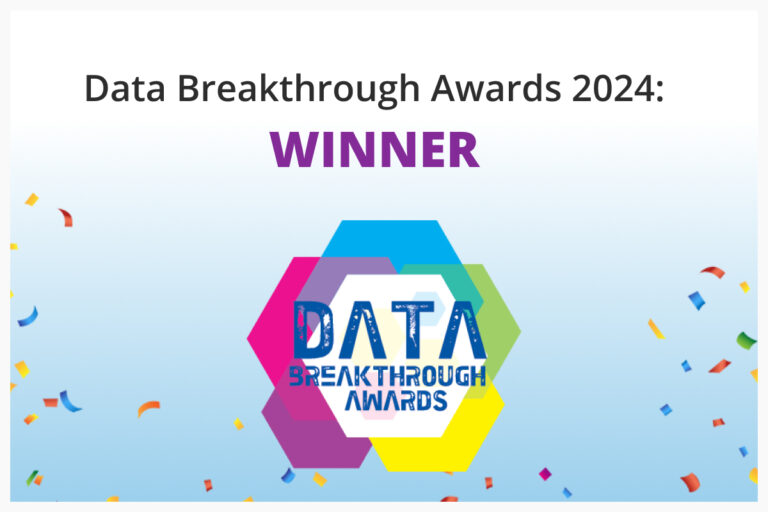Komprise recently released an update to the cloud capabilities of our Intelligent Data Management platform. Just as Komprise provides accurate data access-based analytics for Amazon S3, this new release extends this to users of Microsoft Azure. Komprise Cloud Data Management customers can now get strategic data analytics of Microsoft Azure Blob access tiers based on data access/read activity and enterprise caliber data migration to and from Azure for those requiring multi-cloud data management. This enables customers to get valuable insights into how objects are being read and accessed and what it is costing them both on AWS and on Microsoft Azure from a single solution. This level of visibility and insight is not readily available from any of the public clouds or other unstructured data management and analytics solutions because by default the clouds track data modification times, not data access times.
Usage-based analytics on data in Microsoft Azure
Komprise provides enterprises with a single pane of glass to manage all of their data across clouds and on-premises using analytics-driven data management. Users can gain insights into actual usage and costs, plan capacity with growth projections, build data lakes across clouds, search enterprise unstructured data based on custom queries and organize data using tags, all with zero management overhead.
With the latest Cloud Data Management release, Komprise provides complete data usage analytics for Microsoft Azure Blob access tiers with a patent-pending mechanism that includes data access/read patterns. Data is read far more than it is written. Yet native and 3rd party cloud management tools only collect analytics based on data creation/modification times. Neglecting the most common activity, accessing/reading data, results in incomplete analytics that may lead to poor management decisions. For instance, data written a year ago but accessed daily will appear to be cold. Moving such “cold data” to a less performant but cheaper tier will result in higher access costs and disrupt users and applications due to a much-degraded performance. Komprise provides analytics based on complete and actual data usage, enabling users to confidently develop cost savings strategies. This extends the capability Komprise already has in analyzing any file storage on Microsoft Azure based on access patterns to also now include Microsoft Azure Blob access tiers.
Migration of data to and from Microsoft Azure
According to an IBM Institute for Business Value study, 94% of enterprises are using a multi-cloud strategy to reduce risk, improve resiliency and reduce storage costs by choosing the most optimal cloud provider for their data sets. Komprise makes this possible with super-fast, reliable, and scalable Elastic Data Migration for data in the cloud and on-premises.

Komprise now offers cloud data migration for Microsoft Azure, enabling users to move data into Azure from other cloud and on-premises object stores as well as to move data within Azure and from Azure to other cloud and on-premises object stores. Users simply specify their source and destination to start a data migration job and Komprise will move objects iteratively, automating the entire migration while reporting on the progress and retrying all transient issues along the way. Users can continue to make changes on the live source throughout the migration and Komprise will copy all changes incrementally. With this update, customers can now migrate both file data to Microsoft Azure Files and object data to Microsoft Azure Blob using Komprise.

Komprise Cloud Data Management provides a single pane of glass to accurately analyze and then migrate, replicate and mange both file and object data on Azure.
| Storage Type | Data Analytics
based on actual data usage |
Data Migration |
| Microsoft Azure Blob | YES | YES |
| Microsoft Azure Files | YES | YES |
| 3rd Party File Storage on Azure (e.g. Azure NetApp Files) | YES | YES |
To try Komprise cloud data management for your organization, schedule a demonstration. Be sure to also read our Q3 platform updates and what’s new in our November Komprise Intelligent Data Management release.



